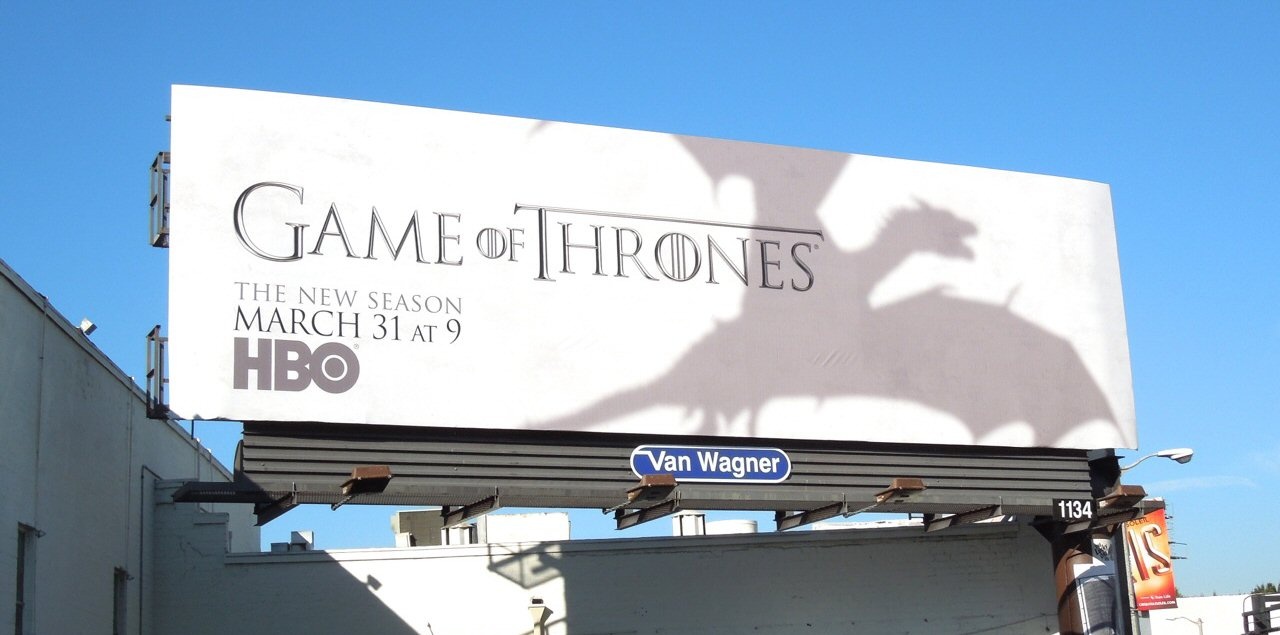Print advertising – the myriad of adverts you flick past in the newspaper or the latest issue of which ever lifestyle magazine you subscribe to – still exists and amazingly, businesses are still doing quite well from it.
The Internet changed everything. It has become a nexus for everything from our buying behaviour to landmark life events. Platforms like Facebook can make friend suggestions based on who’s in your contact list. There’s even software that can engineer your behaviour based on your network and preferences.
This level of targeting allows for very measurable results, evolving campaign delivery and even a complete intervention if everything goes horribly wrong (or even horribly right).
These opportunities have moved more and more marketers online, with digital budgets often eclipsing traditional and print media.
At this point, you might be thinking that this article is already pretty conclusive and that there’s no reason to read on – and you would be wrong.

THE DEFINITION
One of the difficulties of discussing this subject is born from the definitions of ‘print’ and ‘traditional.’
These are commonly associated with newspapers, magazines and flyers – and depending on where you look; you’ll be given a completely different definition.
For the sake of argument, we’ll be speaking very broadly about all advertisement done using printed collateral - whether this is an advertisement in the press or printed material that your business has made itself.
When the internet was in its infancy, print advertisement was essentially the only medium available to marketers. This became a very saturated and often expensive space for advertising.
Early adopters of the Internet uncovered a real untapped resource, profiting hugely from very cheap ad spend and a completely different buyer behaviour to what we know now. The advent of the skyscrapers on webpages was seen as the start of an advertising revolution.
Which it was.
Marketers all scrambled to take advantage of the real estate and quickly ruined everything.
WHAT WENT WRONG?
There’s a staggering statistic that 86% of consumers now suffer from what’s known as ‘banner blindness.’ We’ve all become very smart and can spot when we’re being sold to. People don’t like being sold to.
This mass migration has left a very big hole in the traditional advertisement space. The traditional advertisement space that is still bubbling in the background and probably won’t ever go away.
Many things are moving online. The online world is easier to manage, easier to update and faster to develop. However, the concept of physical and tangible media isn’t going anywhere. It may change, just like everything else – but change is good.
What’s important to understand is that the fundamental principles behind digital and traditional advertising are very similar and can work together harmoniously.
Digital marketing allows for very granular targeting. We all know that. It just takes a slightly different thought process with print advertising to identify your audience and get your product under their noses.
Traditionalists often argue that physical and tangible media increases engagement because it just feels more real. This is a good point but we feel there’s more to it than that.
PERCEIVED VALUE
The Internet is full of ‘throw-away’ information. It can change or disappear in a heartbeat, and the completely overwhelming amount of information available to us makes everything feel less valuable. We read something once and if the right triggers or follow up isn’t in place, we probably won’t see it again.
In print advertising, the fact that you’ve created a physical and tangible product allows for multiple triggers in itself.
Assuming you’ve created something of real beauty and perceived value, someone is unlikely to throw it away quickly. Even if they don’t necessarily study your advertisement every day, the fact that it still exists in their physical world is often enough to sit in their subconscious mind.
Think about bus sidings. It’s a regular reminder of that movie you want to see. Billboards nudge you about the TV show that you can’t wait for or the attraction you want to take the kids to.

While many of us know this is true but this is extremely difficult to measure. The lack of data to prove the effectiveness of print media is conclusively inconclusive.
We need to take control of our own advertising. The press has its own audience. Advertising in a magazine is essentially piggybacking on another company’s audience and hoping for the best.
There’s so much opportunity out there to break through the noise and do something a little different. You’re not bound to half a page on a weekly community newsletter. Find opportunities to blur the line between digital and print advertising. Think big, be bold and advertise on your own terms – not those of an exec in the ad sales department.
Print advertising is not dead; it just got a whole load more exciting.


